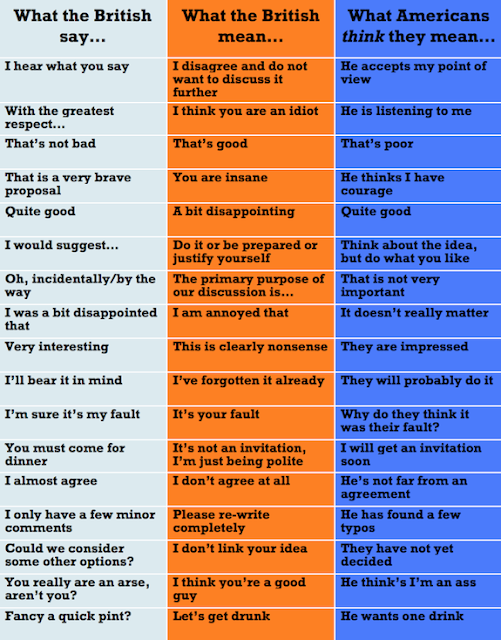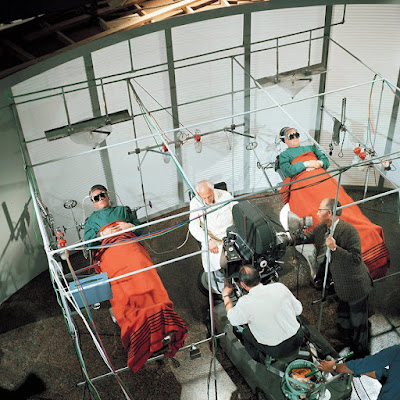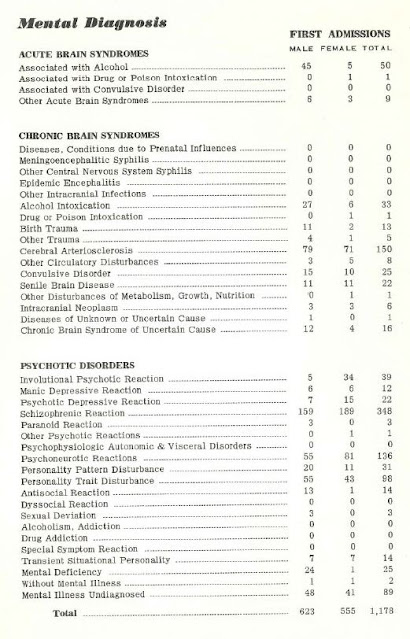What Else I've Been Watching
The advantage of themed series of posts is they keep my grasshopper mind on the subject and the disadvantage is they don't necessarily represent what I'm watching and detract from the principle that I blog about what I'm actually watching. Hence a sort of round up post of some things I have been watching and some things I've just discovered. Some of these might get a post of their own as well. When I was doing the posts about orphaned episodes it brought home to me that it is important not to give a show or a film the same name as another one. Obviously we know all about this problem with The Avengers, but it turns out there was a TV comedy show between 1983 and 1988 called Who Dares Wins . Even at the time that name was a mistake because since it is the motto of the SAS it had already been used by this film, and has since been used by this TV show and then this one. What is wrong with you people? You might think you're giving your show a punchy name and migh








